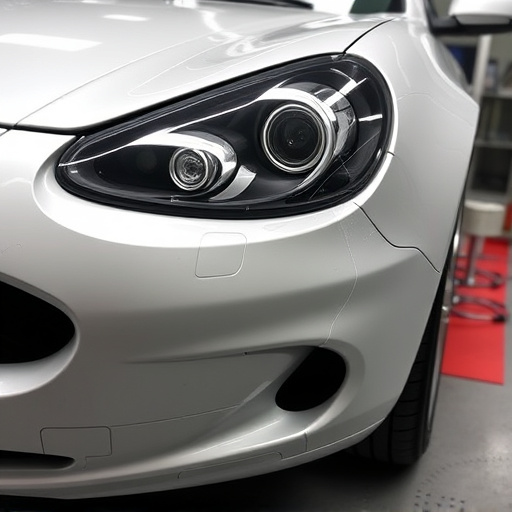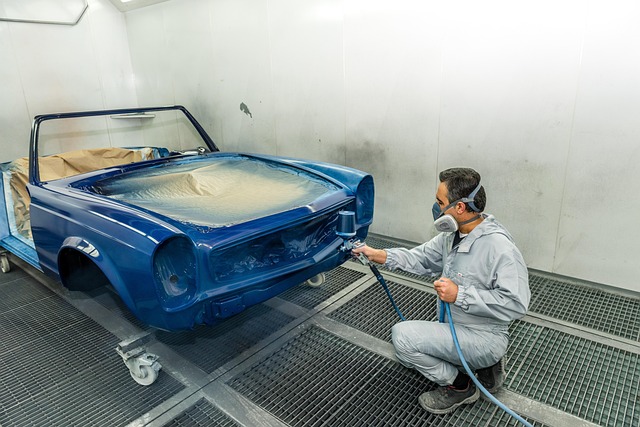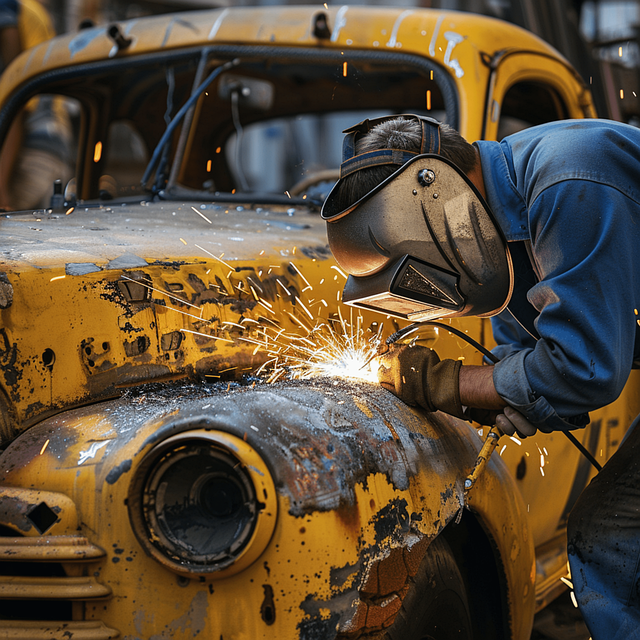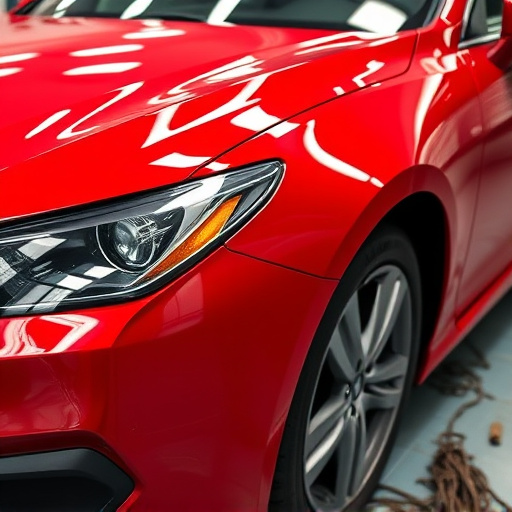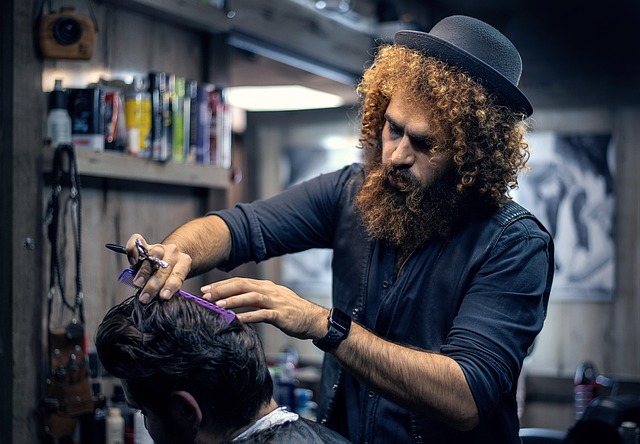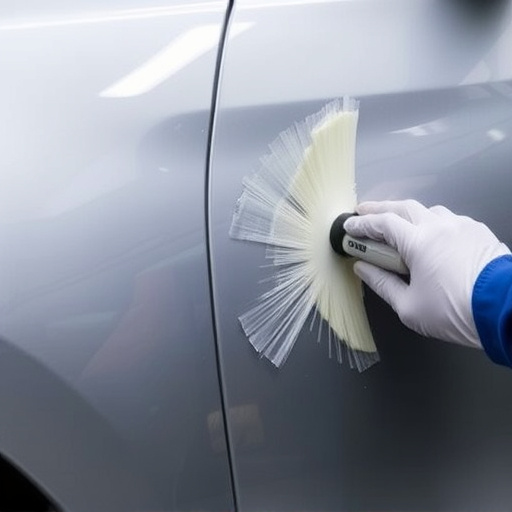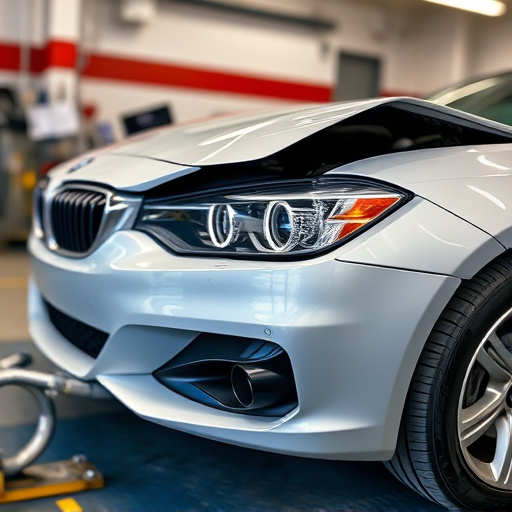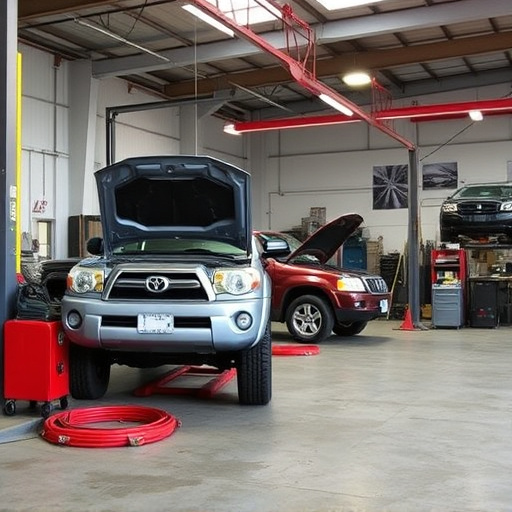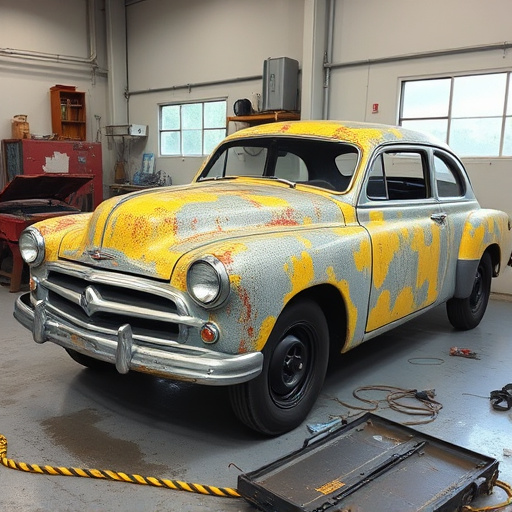Showroom quality restoration demands strict adherence to original specifications for both aesthetics and value. Using authentic parts and techniques recreates the vehicle's heritage, ensuring a flawless finish that meets customer expectations. Advanced dent repair, precise paint matching, and meticulous detail work transform vehicles into as-new conditions, increasing their value and benefiting owners at resale.
In the realm of restoration, attention to detail is paramount. Matching original specifications (or specs) ensures not just visual accuracy but also structural integrity. This article explores why adhering to exacting standards is crucial for achieving showroom quality restoration. We delve into the impacts of deviating from original specs, highlight the significance of authenticity, and discuss how precision craftsmanship transforms restoration projects into stunning, meticulous works of art.
- Understanding the Impact of Spec Deviation
- Maintaining Authenticity: Why It Matters
- Achieving Showroom Quality Through Precision
Understanding the Impact of Spec Deviation
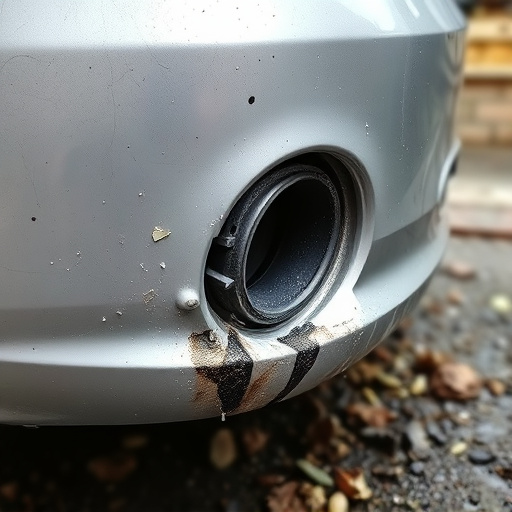
When carrying out restoration work, especially with the goal of achieving showroom quality, paying meticulous attention to matching original specs is paramount. Spec deviation—when the restored item doesn’t precisely align with its initial specifications—can have a profound impact on the overall outcome. Even seemingly minor discrepancies can lead to visible differences, affecting the aesthetic appeal and overall value of the restored piece. This becomes particularly crucial in cases like car dent repair or collision repair, where precision is key to ensuring the vehicle returns to its pre-incident condition.
A deviation from original specs may result in an uneven finish, misaligned parts, or a color that doesn’t perfectly match. In the context of car restoration, this could mean a dented fender that, after repair, doesn’t seamlessly blend with the rest of the vehicle’s body. Showroom quality restoration aims to eliminate such issues, ensuring that every detail is accounted for during the repair process. By adhering strictly to original specs, restorers can guarantee a seamless, flawless finish that meets or exceeds customer expectations.
Maintaining Authenticity: Why It Matters
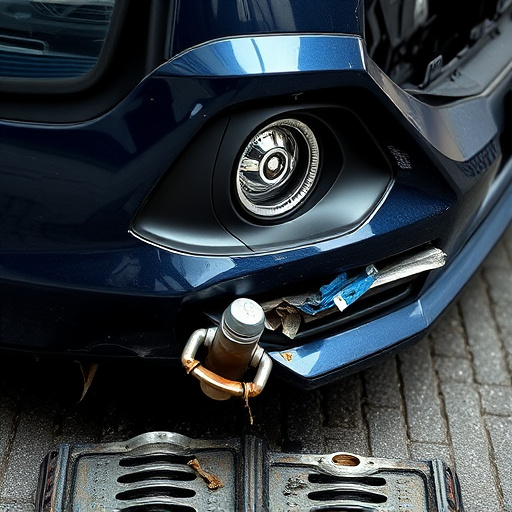
Maintaining authenticity is a cornerstone of any successful showroom quality restoration project. When restoring a vehicle, whether it’s an antique classic or a modern masterpiece, staying true to the original specifications ensures that the final product not only looks but also feels like new. Every detail, from the precise paint shade and finish to the exact texture of the trim and interior materials, contributes to the overall ambiance and value of the car.
In automotive restoration, achieving this level of authenticity goes beyond mere visual similarity. It involves using original or carefully selected replacement parts, employing period-appropriate techniques, and paying meticulous attention to craftsmanship. This commitment ensures that not only is the vehicle aesthetically pleasing, but it also offers a driving experience that pays homage to its heritage, making it a true reflection of its original design intent—be it in terms of performance, comfort, or aesthetic appeal.
Achieving Showroom Quality Through Precision
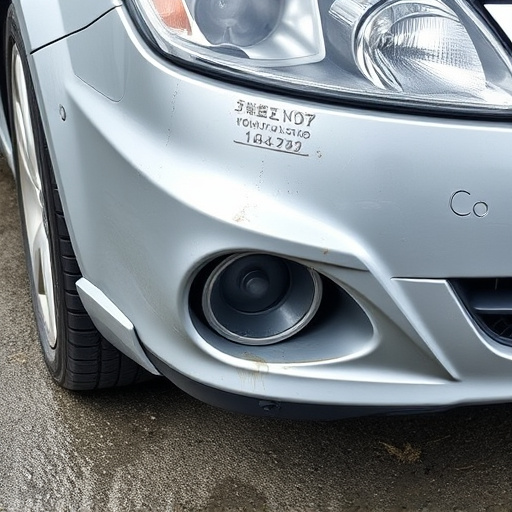
Restoring a vehicle to its original condition requires meticulous attention to detail, especially when aiming for showroom quality restoration. It’s not just about fixing the visible damage; it’s about recreating the precise aesthetics that made the car desirable in the first place. This involves using advanced techniques such as intricate dent removal and meticulous paint matching. Every curve, every crease, and every shade of color must be perfectly aligned to ensure a flawless finish.
Imagine walking into a car collision center expecting a beat-up vehicle and leaving with a sleek, as-new model—that’s the power of achieving showroom quality restoration. It transforms a damaged car into one that looks and feels like it just rolled off the lot. This level of precision not only enhances the visual appeal but also increases the car’s value, ensuring the owner gets top dollar when they decide to sell.
When undertaking restoration work, meticulous attention to detail is key. Matching original specs ensures not only the preservation of historical accuracy but also delivers a breathtaking result that meets showroom quality standards. By understanding the impact of spec deviation, prioritizing authenticity, and employing precision techniques, restorers can create lasting, visually stunning pieces that honor the past while captivating the present.

